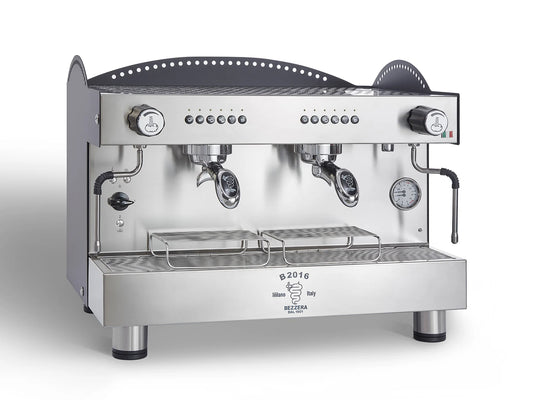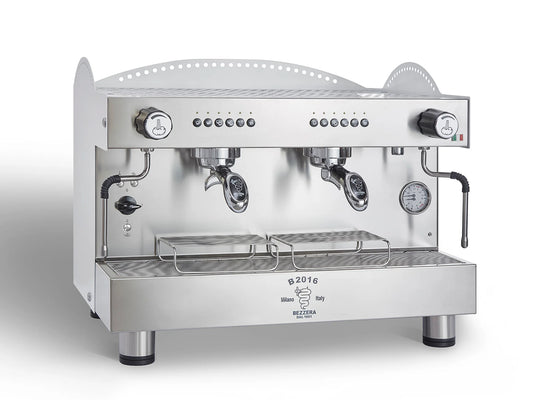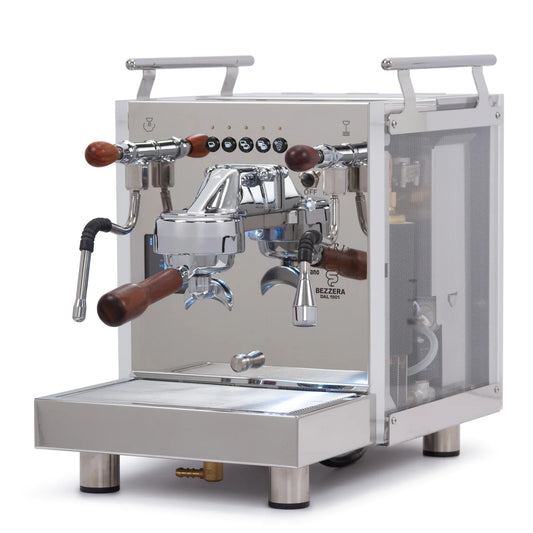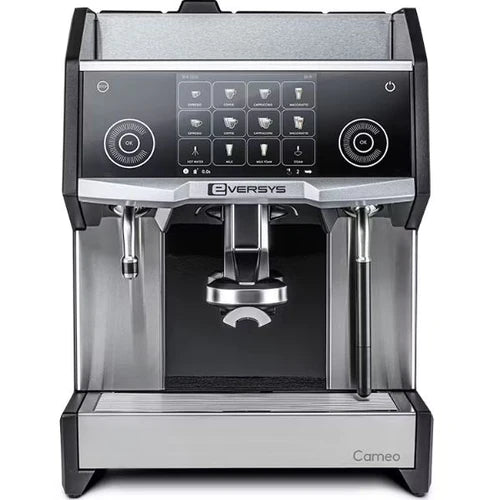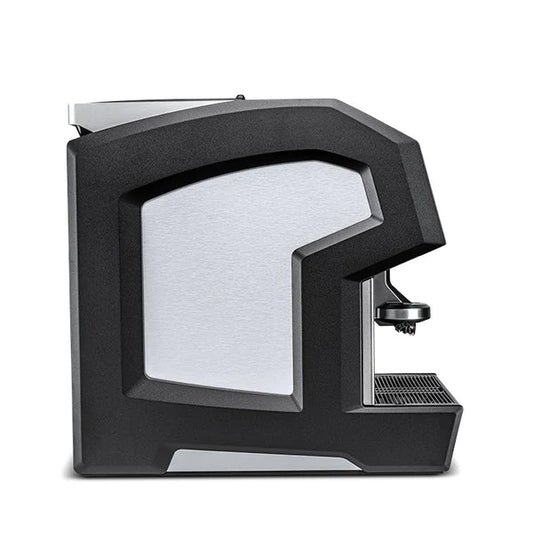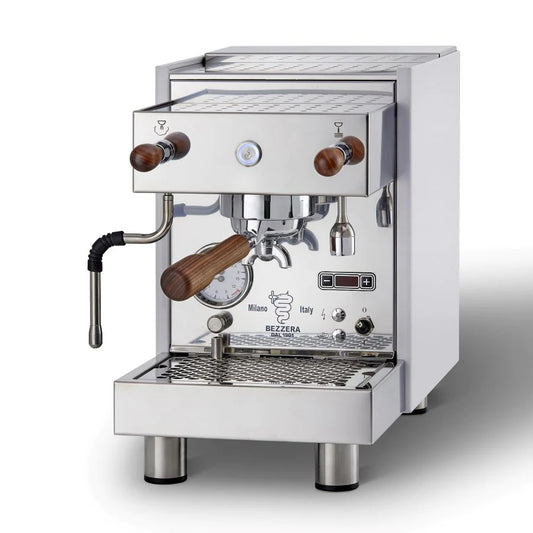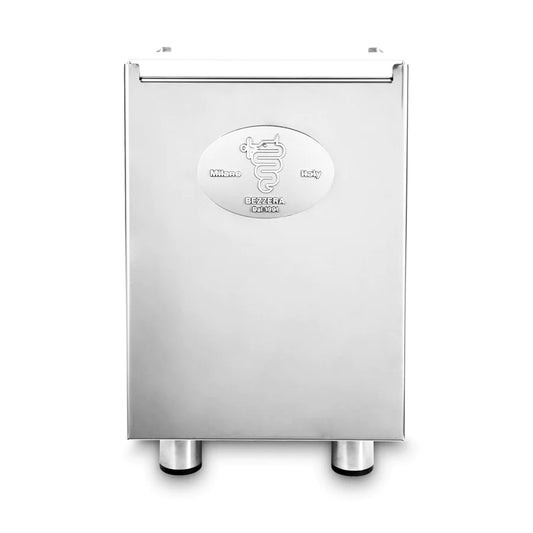Enhance Your Espresso: The Secret Step Before Grinding Coffee Beans
Table of Contents
- Key Highlights
- Introduction
- The Science Behind Grinding Espresso Beans
- How to Properly Moisturize Your Coffee Beans
- Additional Tips for Perfecting Your Espresso
- Why Moisture Matters
- Common Mistakes in Espresso Brewing
- The Role of Equipment in Brewing Espresso
- Experimenting with Water Temperature
- Understanding Espresso Extraction
- FAQ
Key Highlights
- Spraying espresso beans with a small amount of water can significantly reduce static cling, resulting in a better grind and a more flavorful brew.
- Research indicates that moistened grounds yield up to 15% more concentrated coffee, enhancing the overall flavor profile.
- Proper cleaning and selection of high-quality beans are crucial to maximizing the benefits of this technique.
Introduction
The quest for the perfect espresso has captivated coffee enthusiasts and baristas alike, leading to a plethora of brewing techniques and gadgets designed to extract the most flavor. Among these, one simple yet often overlooked step can dramatically enhance your espresso experience: adding a splash of water to coffee beans before grinding. This technique is not only straightforward but is also backed by scientific research that points to its effectiveness in improving flavor intensity and reducing the mess often associated with grinding. Understanding the mechanics behind this practice can help coffee lovers elevate their brews to new heights.
The Science Behind Grinding Espresso Beans
When coffee beans are ground, the process generates static electricity, which causes grounds to stick together and cling to the grinder's interior. This phenomenon can lead to uneven extraction and a less than optimal cup of coffee. To combat this, recent studies have shown that introducing moisture to the beans can alleviate static and enhance flavor concentration.
Research conducted by volcanologist Joshua Méndez Harper and chemist Christopher Hendon drew fascinating parallels between the electrical activity in coffee grinders and volcanic eruptions. Their experiments revealed that beans splashed with water before grinding produced espresso with 10 to 15% more concentrated flavor compared to those ground dry. This finding highlights not only the practical benefits of moisture addition but also the intricate science behind coffee brewing.
How to Properly Moisturize Your Coffee Beans
The recommended method for moisturizing coffee beans is straightforward. A mere half a milliliter of water, applied through a spray bottle, is sufficient to achieve the desired effect. It is important not to overdo it; excessive moisture can interfere with the grinding process itself, leading to clumping and an inconsistent grind.
The primary goal is to maintain a moisture content above 2%. This threshold prevents the particles from charging too much, which is what typically causes them to clump. By ensuring that your beans are properly moistened without being soaked, you can achieve a more uniform grind and, consequently, a more flavorful espresso.
Additional Tips for Perfecting Your Espresso
While adding moisture to your coffee beans is an effective way to enhance flavor, it is just one part of a broader process that involves several key steps. Here are other critical factors to consider for brewing an exceptional cup of espresso:
1. Select High-Quality Beans
Start with high-quality espresso beans, as they are the foundation of a great brew. Look for freshly roasted beans that are specifically labeled for espresso. The origin, roast profile, and freshness all play crucial roles in the final flavor.
2. Maintain a Clean Workspace
A clean grinder and coffee maker are essential for optimal performance. Residue from old coffee can taint the flavor of your new brew, leading to inconsistencies. Regular cleaning of your equipment ensures that each cup of espresso is as good as the last.
3. Grind Size Matters
The grind size of your coffee beans significantly impacts extraction. Too fine a grind can result in a bitter taste, while too coarse can lead to under-extraction. Aim for a medium-fine grind for espresso to achieve the best balance of flavor and extraction time.
4. Proper Brewing Technique
Pay attention to your brewing technique. Ensure that you are using the right amount of coffee for the volume of water, and maintain the appropriate brewing temperature. An espresso machine should ideally brew at around 190°F to 205°F for optimal extraction.
Why Moisture Matters
Moisture plays a multifaceted role in the grinding and brewing process. By adding a small amount of water to your beans, you not only reduce static electricity but also enhance the release of aromatic compounds during extraction. This leads to a more vibrant flavor profile and a richer tasting experience.
Moreover, the combination of moisture and heat during brewing allows for better solubility of coffee compounds, resulting in an espresso that truly showcases the beans' unique characteristics.
Common Mistakes in Espresso Brewing
In the pursuit of the perfect espresso, many enthusiasts inadvertently make common mistakes that hinder their coffee-making efforts. Here are some pitfalls to avoid:
1. Ignoring Bean Freshness
Using stale beans is one of the most detrimental errors. Coffee begins to lose its flavor shortly after roasting, so always check the roast date and opt for beans that have been roasted within the last few weeks.
2. Inconsistent Grinding
Using a blade grinder instead of a burr grinder can lead to inconsistent grind size, affecting extraction. Invest in a quality burr grinder that allows for precise control over grind size.
3. Overlooking Water Quality
The quality of water used in brewing is often overlooked. Using filtered water free from impurities will enhance the taste of your espresso, as bad-tasting water can mask the coffee's true flavors.
4. Neglecting Brew Time
The extraction time is crucial for a balanced espresso. Aim for an extraction time of 25 to 30 seconds per shot. Too short or too long can lead to undesirable flavors.
The Role of Equipment in Brewing Espresso
The equipment you choose can make a significant difference in the quality of your espresso. Investing in a reliable espresso machine, grinder, and accessories is vital for achieving consistent results.
Espresso Machines
Choose a machine that fits your needs, whether it’s a manual, semi-automatic, or fully automatic model. Each type offers different levels of control over the brewing process.
Grinders
A high-quality grinder is essential for achieving the right consistency in your coffee grounds. Burr grinders are preferred for their ability to produce uniform coffee particles.
Accessories
Don’t overlook the importance of accessories such as tampers, scales, and milk frothers. Each tool contributes to the overall quality of your espresso and can enhance your brewing experience.
Experimenting with Water Temperature
Beyond moisture application, exploring different water temperatures can also impact your espresso. Slight variations can lead to different extraction levels, revealing various flavor notes in the beans. Consider conducting experiments with your brewing temperature to find the ideal range that brings out the best in your selected beans.
Understanding Espresso Extraction
Espresso extraction is a complex process that involves dissolving soluble compounds from the coffee grounds while removing undesirable ones. The balance achieved through proper moisture, grind size, and brewing technique is critical for producing a well-rounded espresso shot.
The Five Elements of Extraction
- Time: The duration of water contact with coffee grounds.
- Temperature: The heat of the water during extraction.
- Pressure: The force at which water is pushed through the coffee.
- Grind Size: The surface area exposed during extraction.
- Coffee-to-Water Ratio: The balance of coffee grounds to water volume.
Understanding and mastering these elements will allow you to fine-tune your espresso shots for optimal flavor and aroma.
FAQ
How does adding water to coffee beans before grinding affect flavor?
Adding water reduces static electricity that causes clumping, resulting in a more uniform grind. This leads to improved extraction and a more concentrated flavor profile.
What is the ideal moisture level for coffee beans before grinding?
A moisture content above 2% is recommended to prevent clumping. A small spray of water—approximately half a milliliter—is sufficient.
Can I use this method with all types of coffee beans?
While this method is particularly beneficial for espresso beans, it can also enhance the grinding process for other types of coffee, though adjustments may be needed based on the bean type.
How often should I clean my coffee grinder and machine?
Regular maintenance is essential. Clean your grinder after every use, and deep clean your espresso machine at least once a month to ensure optimal performance and flavor.
Is there a risk of ruining my espresso by adding too much water?
Yes, over-saturating the beans can lead to inconsistent grinding and negatively impact the flavor. It’s crucial to use just enough water to achieve the right moisture balance.
What other factors contribute to a great espresso?
In addition to moisture, factors such as bean quality, grind size, water quality, and brewing technique all play significant roles in determining the final taste of your espresso.
Through understanding and implementing these practices, coffee enthusiasts can significantly improve their espresso-making skills, leading to a richer and more enjoyable coffee experience.

